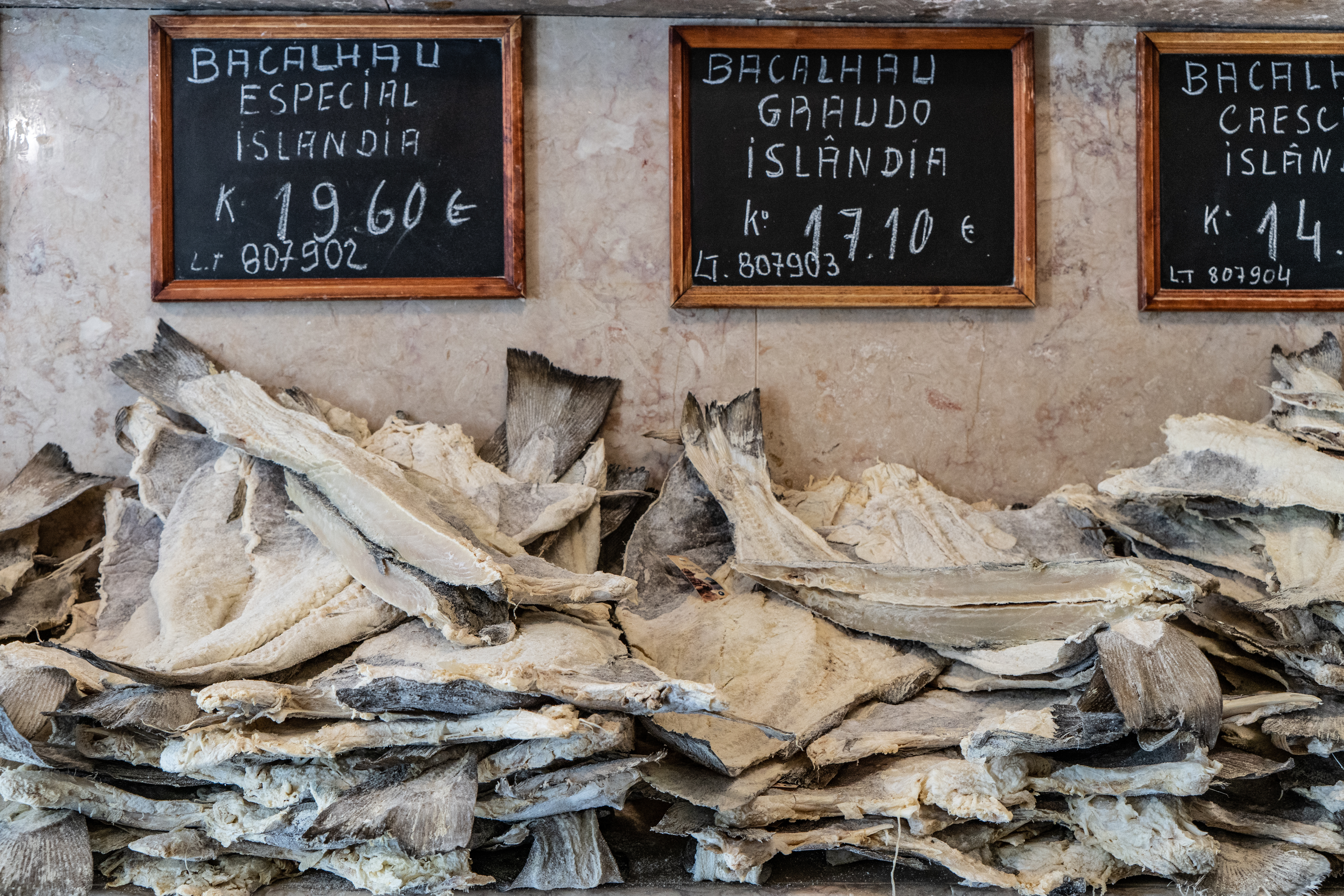
Vocabulary
I will read the words, meanings, and sample sentences. Then, repeat after me.
- frigid /FRIJ-id/
- perplexing /per-PLEKS-ing/
- legacy /LEG-uh-see/
- emblem /EM-bluhm/
- arduous /AHR-joo-uhs/
[adjective] – (of weather conditions or the conditions in a room) extremely cold
People waited up in the frigid weather to buy potatoes, milk, sugar, and chocolate.
[adjective] – confusing
To someone who doesn’t know anything about it, this book could seem incredibly perplexing.
[noun] – something that is a part of your history or that remains from an earlier time
These temples were the most valuable cultural legacy that our forefathers left behind.
[noun] – an object that is used to represent a particular person, group, or idea, or a picture of the object
The national emblem of England is a rose.
[adjective] – difficult, needing a lot of effort and energy
Long-distance travel back then was arduous and slow.
Article reading
Please read the whole article. Then, I will check your pronunciation and intonation.
For a fish that is found only in the frigid depths of the North Atlantic Ocean, far from Portugal’s coastlines, the country’s obsession with bacalhau (salt cod) is indeed perplexing. How exactly did it come to be on Portuguese plates?
It might arrive at your table con natas, hot from the oven and bubbling with cream, sandwiched between fried potatoes and sliced onions, and seasoned with nutmeg. Mouth-sized garlic and parsley-flavored pastéis-style fried potato dumplings can also be purchased for a stroll along the banks of Porto’s Douro River. Bacalhau is the heart of these recipes and others, ingrained in the culinary identity of Portugal, which consumes 20% of the global supply. In fact, this ingredient is so adored in Portuguese culture (and cuisine), that “there are 365 ways to prepare salted cod, one for each day of the year.” The long culinary legacy of bacalhau dishes started when the Portuguese navy discovered that dried and salted fish could be stored for years in holds, making it the ideal nourishment for lengthy ocean voyages, around the end of the 14th century. The dictator of Portugal in the 20th century, António de Oliveira Salazar, led a “cod campaign” in 1934 to revive the country’s fishing (and drying) industry and establish cod as a national emblem. However, this was arduous, exhausting, and frequently hazardous work, and many of the men never returned to their families. Because of this complicated past, cod is so deeply loved in Portugal.
Perhaps, despite the lengths the country has to go to secure this North Atlantic fish, the passion for it will continue to flow through Portuguese veins for generations to come.
It might arrive at your table con natas, hot from the oven and bubbling with cream, sandwiched between fried potatoes and sliced onions, and seasoned with nutmeg. Mouth-sized garlic and parsley-flavored pastéis-style fried potato dumplings can also be purchased for a stroll along the banks of Porto’s Douro River. Bacalhau is the heart of these recipes and others, ingrained in the culinary identity of Portugal, which consumes 20% of the global supply. In fact, this ingredient is so adored in Portuguese culture (and cuisine), that “there are 365 ways to prepare salted cod, one for each day of the year.” The long culinary legacy of bacalhau dishes started when the Portuguese navy discovered that dried and salted fish could be stored for years in holds, making it the ideal nourishment for lengthy ocean voyages, around the end of the 14th century. The dictator of Portugal in the 20th century, António de Oliveira Salazar, led a “cod campaign” in 1934 to revive the country’s fishing (and drying) industry and establish cod as a national emblem. However, this was arduous, exhausting, and frequently hazardous work, and many of the men never returned to their families. Because of this complicated past, cod is so deeply loved in Portugal.
Perhaps, despite the lengths the country has to go to secure this North Atlantic fish, the passion for it will continue to flow through Portuguese veins for generations to come.
Discussion Questions
I will read each question. Then, please answer them.
- What is your favorite fish dish? Please tell me how it is made and its flavor.
- What is the heart of Japanese cuisine? Please tell me more about it.
- Would you try recipes made from bacalhau? Why or why not?
- Do you believe it is possible for food to have 365 ways to be prepared?
- What is the importance of preserving the legacy of food or ingredients?
Summarization
Please summarize the whole article using your own words and expressions. You will have one minute to prepare before you answer.
Describe
Please explain the definition of each word listed below based on your understanding. You can provide example sentences if needed.
- coastline
- identity
- consume
- campaign
- revive